Biodiversity for download

You may soon get some biodiversity for your PC and smartphone (Photo: wetwebwork on flickr, under CC BY-SA 2.0 license)
Biodiversity is good we are told. And that’s why it might be hitting your app store soon. While security software needs to constantly adapt to the latest internet scares, there has so far been no general way to counter viruses and malware messing up your smartphone. Now, scientists are looking to nature for help. Just as a population of species benefits from genetic variety to become more virus-resistant, so can software – in theory anyway.
But computer scientist Michael Franz has outlined how diversity can be introduced into software in an automated fashion and on a large scale. Ideally, this happens right at the source, such as in app stores for smartphones and tablets.
“The point of our solution is that the app store generates the versions,” we were told by Franz, who is a professor at the University of California at Irvine. In current app store models such as for iOS, Android, or MacOSX – downloaded software is uniquely tied to a user via a user ID, he explains. “From here, it is only a small step to use and authenticate different [software versions] for each user.”
The idea is that if a virus needs to adapt to millions of slightly different versions of what is functionally the same program, criminals will have to commit way more time and money to code malware – and as a result will have a lot less enthusiasm doing so.
But if the app store automatically generates slightly different versions for each user, is there a guarantee all of them will work? Franz claims yes, but admits that the very idea of pushing for software diversity undermines what is essentially an article of faith in the software industry.
“Most engineers are absolutely horrified about the idea of anything that isn’t fully predictable and repeatable,” he said. “After all, we are telling people to execute software programs that nobody else has ever executed before. That scares many people.”
Well, we’d say, if that includes criminals – so be it.
Lost in migration
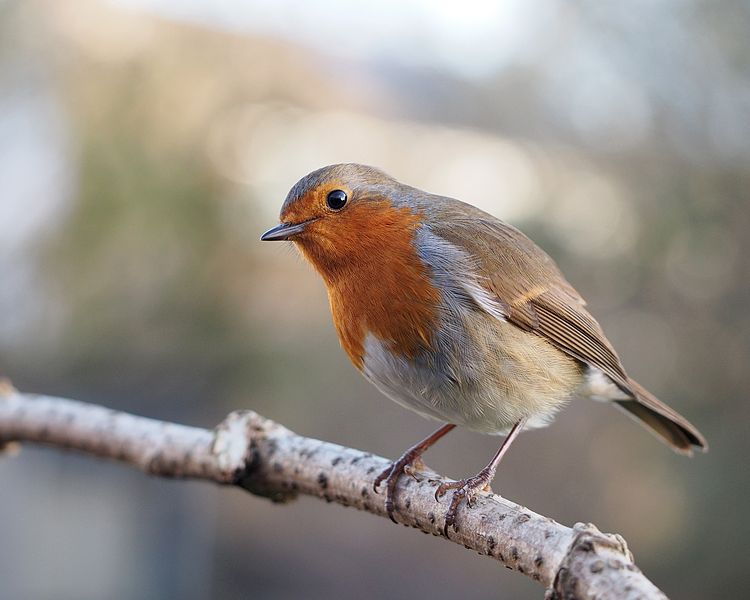
European robin, photo credit: © Francis C. Franklin / CC-BY-SA-3.0, wikipedia.com: http://bit.ly/1qD0ThK
We all are creating electromagnetic noise, literally all the time. That’s bad news for birds, a study reveals. According to the work of the University of Oldenburg, migrating birds such as the European robin may lose their way when exposed to the noise of radio signals and other electronic devices. The researchers exposed birds to background electromagnetic noises at the University’s campus which happens to be in a densely populated area with a lot of traffic. During the test the birds, which were in windowless wooden huts could not orientate themselves using their magnetic compass.
The robins’ compass relies on the magnetic field of the earth when they fly from north to south. The field is strong enough to guide birds even when inside a windowless room, if there’s no disturbing noise. To prove the results, the scientists carried out the tests again but with birds in electrically grounded, aluminum-screened huts. These huts are able to block noises between 50 kHz and 5 MHz. Guess what? The birds did not lose their navigation. And again, if the electromagnetic noise was introduced into the aluminum huts, the ability to navigate was lost. The researchers repeated the experiments during migrating seasons for seven years.
Incidentally, the test results, published in the journal Nature, did not apply for mobile phones signals, which have a different frequency.
Unraveling a ‘big cat’ DNA mystery
It has all the makings of a historical thriller – scientists in the UK have used the ancient skulls of Barbary lions preserved in the Tower of London to piece together the origin of modern-day big cats. And, they’ve hit upon a vital clue in India which could help resurrect the extinct and majestic Barbary lion of North Africa. First off, what exactly is a Barbary lion? Once found in huge numbers across North Africa, extending from Egypt to Morocco, it had the most spectacular physical features of all lion species. That included an extensive mane, larger body and a more pointed crown and narrow muzzle. Also called the “Atlas lion,” it was reported to have different colored eyes to other lions. Scientists are divided over when and if Barbary lions really went extinct.
The last record of a Barbary lion is an animal shot in Morocco in 1927, though there is circumstantial evidence that Barbary lions may have survived in the wild in the Atlas Mountains till 1942. European zoos have also tended to claim that they have a Barbary lion or two but experts remain skeptical.
Now, a team led by Ross Barnett of Durham University, UK, has discovered that the majestic animal has close genetic links to the Asiatic lions that live in India. (Less than 400 Asiatic lions survive at present on the Kathiawar Peninsula of India and the species is listed as endangered by the International Union for the Conservation of Nature.)
Barnett’s team came to that conclusion after scientists sequenced mitochondrial DNA from museum-held specimens and from Barbary lion skulls discovered preserved in the Tower of London’s moat and believed to date back to the 14th and 15th century. The study was published in the journal BMC Evolutionary Biology. Barnett said he was surprised by the incredibly close relationship between the extinct Barbary lion from North Africa and the Asiatic lion from India. This, he said, could now get conservationists talking about resurrecting the subspecies and reintroducing lions into North Africa. “This has implications for any future attempts to reintroduce lions into North Africa,” Barnett said. “They could probably be re-seeded with Indian lions.” The researchers compared their findings with genetic sequences drawn from other lions living in Asia and across Africa to work out different subspecies of lion evolved. Their work shows that the single species of modern lions’ most recent common ancestor lived around 124,000 years ago.
The driving force of life: evolution
Hearing the word “evolution” might immediately transport you all the way back to you upper school biology class – to Darwin and his finches, and to Lamarck with his long-neck giraffes. Remember? In case you also recall just how boring it was, rest assured the topic is actually quite colorful:
Without evolution life would not have exploded into such colorful diversity. And without diversity of life, evolution could not work – the two are inextricably linked. (And with Global Ideas focusing on biodiversity for the next few years, it’s certainly worth taking a closer look at evolution)
Exactly what any form of life will look like (shape, colour, size for example) is mainly determined by its genetic information. And it’s at the genetic level where you’ll encounter nature’s first frontier of diversity. (Human hair for example has not the same colour for every person, but we can all have different hair colours).
At some stage our original genetic information might get altered by mutations. What sounds like a spooky scifi blockbuster kind of thing is in fact rather harmless: Think of it as a typo. If a letter in a word misspelled, you can still understand what the meaning of this word is. Over time, many mutations can occur in a species genome – most of these without any effect, a few resulting in severe illnesses, while others might turn out to be an advantage at some point in the future.
What sort of advantage might that be? Imagine, you are a rather awkward looking creature standing out from the crowd. But your unflattering appearance might actually save your life, if it helps you to disguise and hide away from predators. A British butterfly species is a good example: In its native British Isles the little fellows would live and flutter about mostly near birch trees. The butterflies used to be whitish or at least really bright in color. A few ones would don a special outfit – with black spots on their wings. (And if there was bullying among butterflies, they would have been the ones getting bullied all the time).
But in the course of the industrial revolution taking off in the early 19th century, the region turned dark and dirty from all the soot of the coal fires powering the factories. That’s when the “peppered moth” emerged: Once “bullied” for their different look, these guys now had an advantage: the trunks of the birch trees also covered in soot were no longer white. Suddenly the white butterflies were easy prey for birds, while the peppered moth now blended in very well with the dirty surface of the trees. As a result most of the white butterflies got eaten and could not reproduce anymore, the black-and-white version still could.
That’s what evolutionary biologists call “natural selection“: for whatever reason a species might come under pressure (e.g. through changing climate, food scarcity etc.), and only those species that possess adequate features will survive. This may not only be a certain visual appearance, but also a special “talent” or other characteristic, like being more resilient to drought than others. It’s possible that such features would never surface, without evolutionary pressure.
To see how this can help diversify life, we have to travel from England half way round the world to the famous Galapagos Island. There you’ll find a bunch of finches, the “Darwin finches”. They all look quite similar – apart from their very different beaks, as Charles Darwin noted back in the 1830s.
The birds all lived on the same island and used to feed on almost the same things. With all of them literally competing for the same resources the pressure was on. But birds with larger beaks had an advantage gobbling up larger grains, that small-beak-finches would not be able to pick . In turn, finches with a small beak outperformed the other ones when it came to smaller grains. In this way, over many generations one finch-species would diversify into many different finch species thereby adapting to local living conditions.
Work in progress?
Of course, this does not happen from one moment to another. Not even over the course of individual life spans, but rather over many generations. While we cannot observe human evolution “at work”, human life spans are much greater than those of other, and particularly small organisms. To explore evolution in action, scientists therefore often choose organisms with very short lifespans, that reproduce quickly, like mealworm beetles or the three-spined-spickleback. And even if we can’t see it – humans still evolve: Some scientists say, humans are not complete yet [link German only].
Learning from nature’s creativity
If you don’t have a proper solution for a problem, it sometimes helps to look to others who have. When it comes to more efficient technology – copying from nature has proven a surprisingly rewarding strategy.
The most prominent example is the “lotus effect” that helps to keep windows clean, for example. But in fact, there a many others: Joins us on a trip into the world of nature’s creativity, which is a direct result of the huge diversity of life out there.
The boxfish (Ostracion cubicus) for example acted as a model for car company Mercedes and has – despite its clumsy appearance – better aerodynamic properties than a “Porsche” sports car.
Not convinced? Consider this example: Ants have inspired, both, British telecoms company BT to improve their network as well traffic psychologists and mathematicians who study ant trail dynamics to make human traffic guidance more efficient and avoid traffic jams.
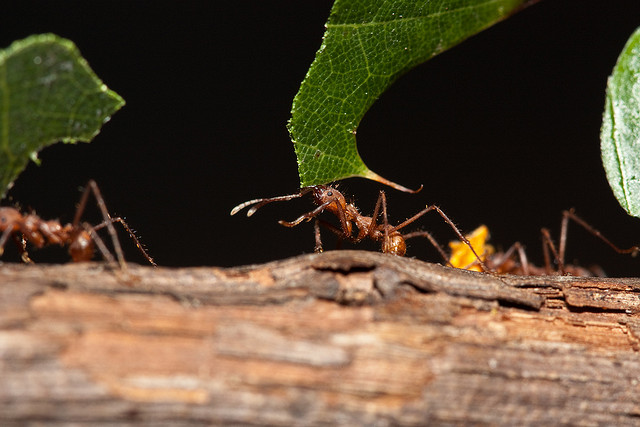
They are not only quite strong, but also well organized: as ants do rather think of the whole group’s movement than thinking egoistically of their own ongoing. (Photo credit: CC BY NC SA 2.0: Stephen Begin)
See the little hooks of this bur? Can you guess which invention it inspired? Here’s a hint: you might have it in your wardrobe or at least somewhere in your house. Yes, it’s velcro. The material was designed based on the plant’s structure (where it helped the seeds to attach to animals in order to spread)
Ever attempted to build a sand castle during your beach holidays? Chances are that, even if you thought it looks impressive – it is not nearly as well designed as termite nests which feature a very clever cooling system, that prevents the nest from overheating. Architects have taken this as a model for the Eastgate Center – a shopping and office complex in the Zimbabwean capital of Harare.
Let’s move on to technology: to colorful butterfly-wings, for example. They have been the template for the displays of consumer electronics devices including CD- or mp3-players. The wings have very good reflection properties for bright colors.
Not quite wings – but close enough: the wavelike edge of a humpback-whale’s fins has been imitated by engineers for the construction of wind turbines.
Any more ideas of how nature has inspired human inventions? Discuss with us in the comments below!




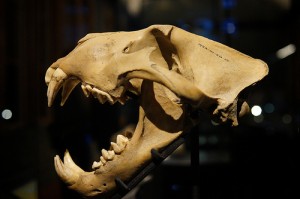
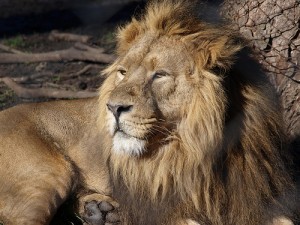
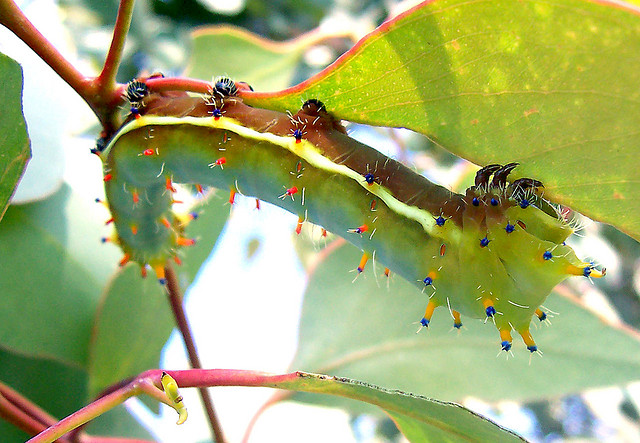

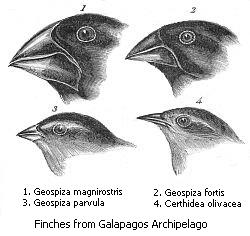
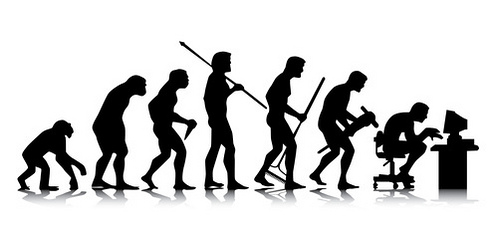

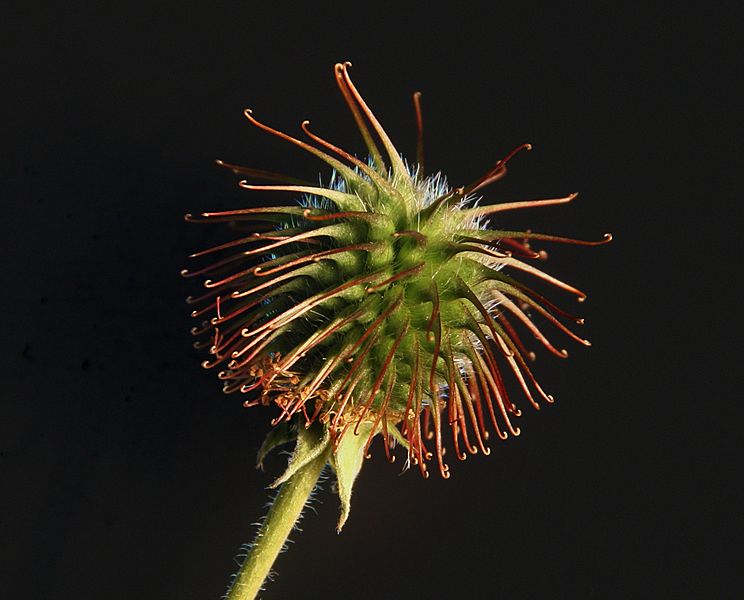

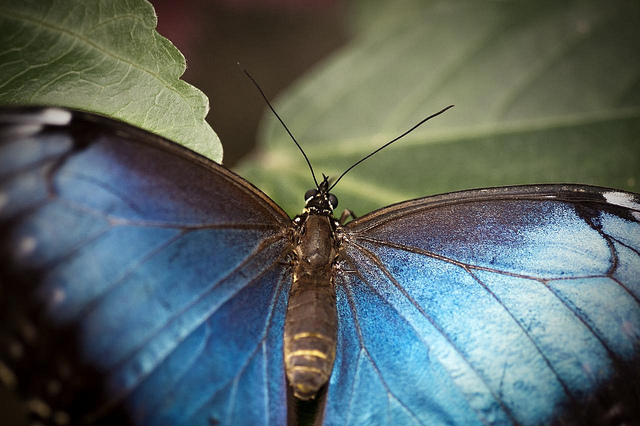





Feedback